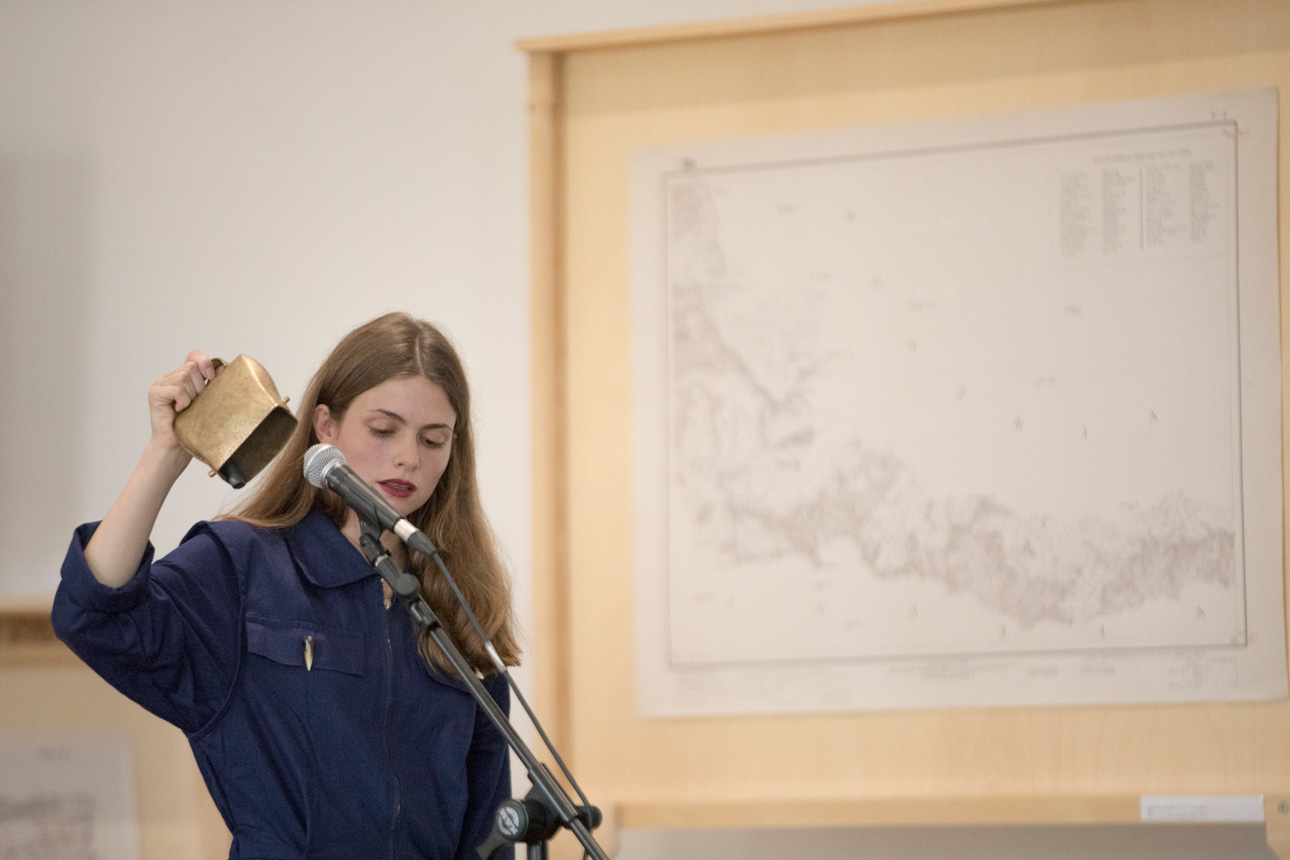content
The Austro-Hungarian Empire dissolved in 1919. At the same time, Italy and Austria chose a natural watershed as their border; a dividing line in the middle of the Alps coinciding with the Gräfferner glacier on the Similaun mountain at 3,606 m altitude. After the years of the fascist regime and the Italianisation of Südtirol, the border was marked again during the 1970s. Some cartographers noticed that the line on the maps no longer coincides with reality. The gradual melting of the Gräfferner glacier shifted the natural watershed. The border between Italy and Austria is literally melting.
My grandfather’s name was Enrico Andreatta. He was born under the Austro-Hungarian Empire and lived in Innsbruck for a few years before returning to Rovereto during Mussolini’s dictatorship. There, he met my grandmother Elsa and began working at the Mercurio typography where in 1927 he collaborated with the futurist Fortunato Depero on his famous Bolted Book. While Depero was giving Benito Mussolini a copy of his Bolted Book, my grandfather was accused of communism and sent to confinement. Since then my family has kept a copy of the Bolted Book, but transformed into a faded family photo album.
year
2020
running time
00:50:00.00
genre
theatre / performance
press
Artribune > Paesaggio e umanità sul palcoscenico - 15.III.2022
Artribune > Voce, storia e attualità al festival Short Theatre di Roma - 15.X.2021
Altre Velocità > Nome proprio di famiglia - 03.VII.2021
Doppiozero > Requiem per un ghiacciaio - 22.X.2020
La Lettura, Corriere della Sera > Le colpe dell'uomo non della natura - 11.X.2020
radio3 suite Panorama > 19 luglio 1985 - 03.X.2020
Radio Vaticana > Tredici e Tredici - 02.X.2020
Dolomiten > Jodeln in der ewigen Stadt - 02.X.2020
La Lettura, Corriere della Sera > I confini del cuore. E della geografia - 22.IX.2020
D, La Repubblica > La montagna parla - 6.VIII.2022
credits
Rompere il ghiaccio
performance by OHT | Office for a Human Theatre
> directing, text and set-design Filippo Andreatta
> with Magdalena Mitterhofer
> sound and music Davide Tomat
> associate set-designer Alberto Favretto
> costume Ettore Lombardi
> assistant director Veronica Franchi
> video Armin Ferrari
> technician Letizia Paternieri
> astrological advice Mona Riegger and Astro*Intelligence
> administration and production Laura Marinelli
> promotion and curating Laura Artoni
> photo Claudia Pajewski
> production OHT
> co-production MAXXI the National Museum of 21st Century Arts
> co-realisation Romaeuropa festival
> artistic residency Centrale Fies art work space
> supported by Fondazione Caritro, Provincia Autonoma di Trento
production history
03-04.X.20 > MAXXI The National Museum of 21st Century Arts / Romaeuropa festival, Rome
02.VII.21 > Centrale Fies, Dro
11.IX.21 > Short Theatre festival, Rome
03-04.XI.21 > festival delle Colline / Fondazione Merz, Turin
25.II.22 > MART museum of modern and contemporary art, Rovereto
10.VI.22 > Kunsthalle, Bratislava [SK]
23.VII.22 > Feltrinelli foundation, Milan
number of replica
11













